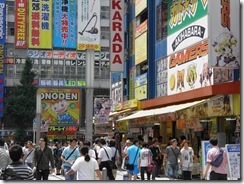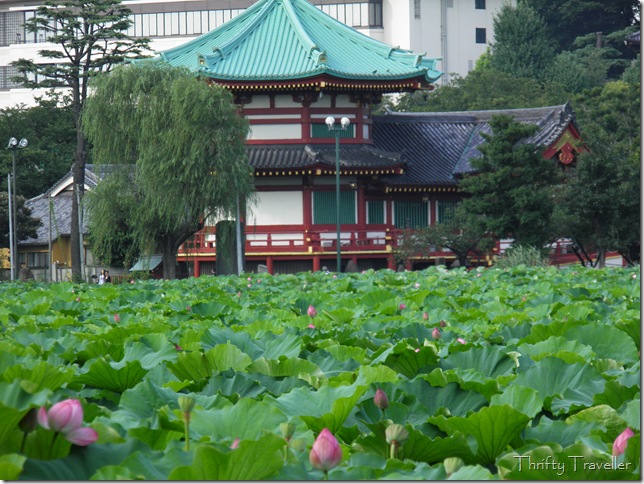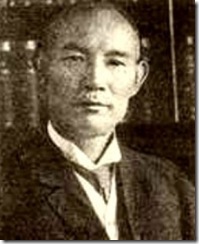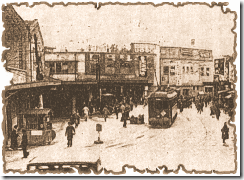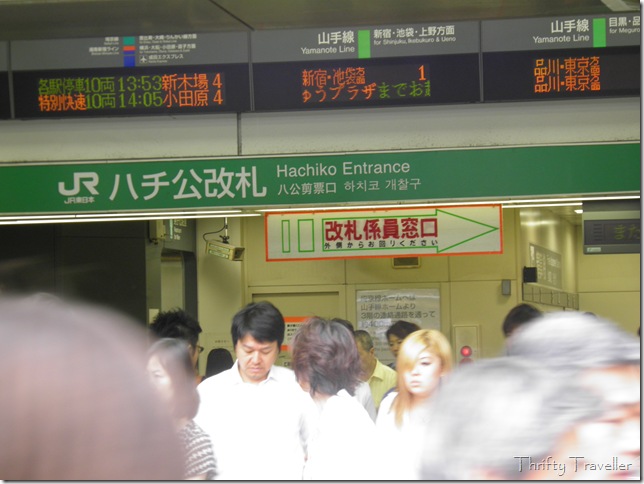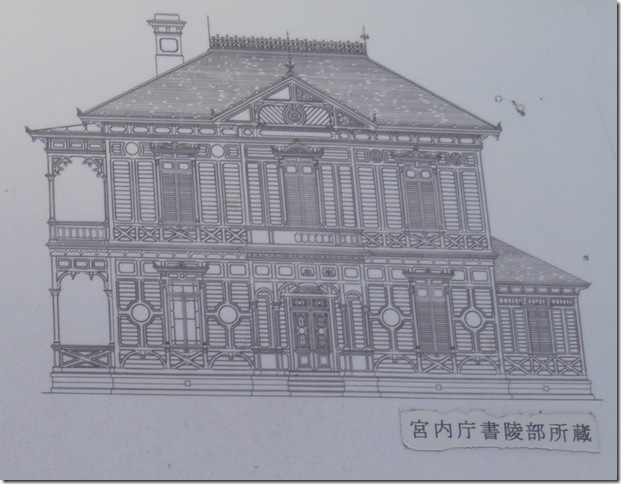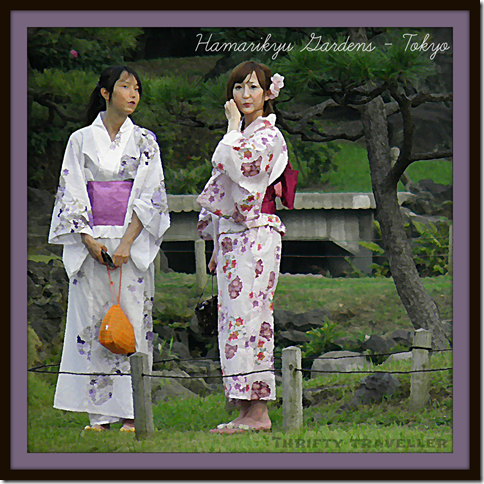For over 50 years, Akihabara has been known as Electric Town. A black market in electrical goods sprang up here after World War II, starting out with radios, later moving on to TVs, fridges and washing machines and now it is mostly computer and mobile accessories, software, video games and anime stuff.
We went into this Sega building which is packed with arcade games, including three whole floors of UFO Catchers. (UFO Catchers are those silly machines where you try in vain to pick up a toy or prize with a mechanical two pronged robot arm with pathetic gripping power and drop it into the chute).
After losing a few hundred Yen here, we wandered off in the direction of the Kanda River where some brave guys were jet-skiing in the rather smelly water.
The river might have been grubby but the street was spotless, as if the tarmac had just been vacuumed.
Close to Ochanomizu station is St. Nikolai Cathedral. It is rather strange to see a Russian style church in the middle of Tokyo. The original church was built by the Russians in the 1890s at a time when Russia was hoping to extend its influence into Japan. The Russo-Japanese War of 1904-1905 put paid to that but the Japanese Orthodox church lives on, an organization with about 30,000 members. The current building dates from the 1920s as the original was destroyed in the Tokyo earthquake of 1923.
Crossing back over the Kanda River we popped into a Confucian shrine called Yushima Seido and, not far away, another shrine called Yushima Tenjin. The latter, pictured on the right was founded in 1355. This shrine is famous for its plum trees and in Spring each year, the Plum Festival draws big crowds.
Tokyo is a relatively low-rise city compared to many Asian capitals and two-storey homes can still be found even in the central parts of the city.
Ueno Park is worth visiting. There is a large lotus pond, a boating lake, some museums and a zoo.
A couple of people were feeding the local birdlife by hand.
It was a pleasant walk. We finished off the day by visiting a funfair at Tokyo Dome City with a spectacularly scary roller coaster which is wrapped around a shopping mall. Luckily it had started to rain so the roller coaster was closed. Phew!

